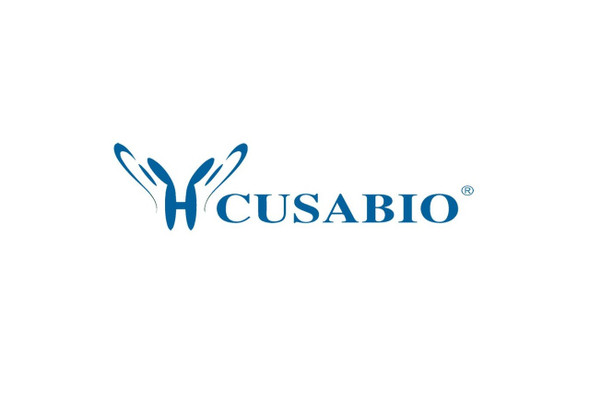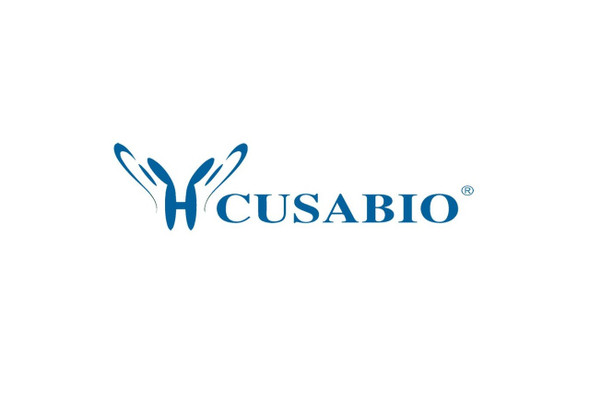Cusabio Mouse Recombinants
Recombinant Mouse Extracellular tyrosine-protein kinase PKDCC (Pkdcc) | CSB-MP735887MO
- SKU:
- CSB-MP735887MO
- Availability:
- 18 - 28 Working Days
Description
Recombinant Mouse Extracellular tyrosine-protein kinase PKDCC (Pkdcc) | CSB-MP735887MO | Cusabio
Alternative Name(s): Protein kinase domain-containing protein, cytoplasmic (Protein kinase-like protein SgK493) (Sugen kinase 493) (Vertebrate lonesome kinase) (Sgk493) ?Vlk)
Gene Names: Pkdcc
Research Areas: Cell Biology
Organism: Mus musculus (Mouse)
AA Sequence: PRPGQSPGSSAAPGPGRRGGRGELARQIRERYEEVQRYSRGGPGPGAGRPERRRLMDLAPGGPGLQRPRPPRVRSPPDGAPGWPPAPGPGSPGPGPRLGCAALRNVSGAQYVGSGYTKAVYRVRLPGGAAVALKAVDFSGHDLGSCVREFGARRGCYRLAAHKLLKEMVLLERLRHPNVLQLYGYCYQDSEGIPDTLTTITELGAPVEMIQLLQTSWEDRFRICLSLGRLLHHLAHSPLGSVTLLDFRPRQFVLVNGELKVTDLDDARVEETPCTSSADCTLEFPARNFSLPCSAQGWCEGMNEKRNLYNAYRFFFTYLLPHSAPPSLRPLLDSIVNATGELAWGVDETLAQLETALHLFRSGQYLQNSTSSRAEYQRIPDSAITQEDYRCWPSYHHGGCLLSVFNLAEAIDVCESHAQCRAFVVTNQTTWTGRKLVFFKTGWNQVVPDAGKTTYVKAPG
Source: Mammalian cell
Tag Info: N-terminal 10xHis-tagged and C-terminal Myc-tagged
Expression Region: 33-492aa
Sequence Info: Full Length of Mature Protein
MW: 55.5
Purity: Greater than 85% as determined by SDS-PAGE.
Relevance: Secreted tyrosine-protein kinase that mediates phosphorylation of extracellular proteins and endogenous proteins in the secretory pathway, which is essential for patterning at organogenesis stages. Mediates phosphorylation of MMP1, MMP13, MMP14, MMP19 and ERP29. May also have serine/threonine protein kinase activity. Required for longitudinal bone growth through regulation of chondrocyte differentiation. May be indirectly involved in protein transport from the Golgi apparatus to the plasma membrane. Probably plays a role in platelets: rapidly and quantitatively secreted from platelets in response to stimulation of platelet degranulation
Reference: "The hedgehog target Vlk genetically interacts with Gli3 to regulate chondrocyte differentiation during mouse long bone development." Probst S., Zeller R., Zuniga A. Differentiation 85:121-130(2013)
Storage: The shelf life is related to many factors, storage state, buffer ingredients, storage temperature and the stability of the protein itself. Generally, the shelf life of liquid form is 6 months at -20?/-80?. The shelf life of lyophilized form is 12 months at -20?/-80?.
Notes: Repeated freezing and thawing is not recommended. Store working aliquots at 4? for up to one week.
Function:
Involvement in disease:
Subcellular Location:
Protein Families:
Tissue Specificity:
Paythway:
Form: Liquid or Lyophilized powder
Buffer: If the delivery form is liquid, the default storage buffer is Tris/PBS-based buffer, 5%-50% glycerol. If the delivery form is lyophilized powder, the buffer before lyophilization is Tris/PBS-based buffer, 6% Trehalose, pH 8.0.
Reconstitution: We recommend that this vial be briefly centrifuged prior to opening to bring the contents to the bottom. Please reconstitute protein in deionized sterile water to a concentration of 0.1-1.0 mg/mL.We recommend to add 5-50% of glycerol (final concentration) and aliquot for long-term storage at -20?/-80?. Our default final concentration of glycerol is 50%. Customers could use it as reference.
Uniprot ID: Q5RJI4
HGNC Database Link: N/A
UniGene Database Link: N/A
KEGG Database Link: N/A
STRING Database Link: N/A
OMIM Database Link: N/A






